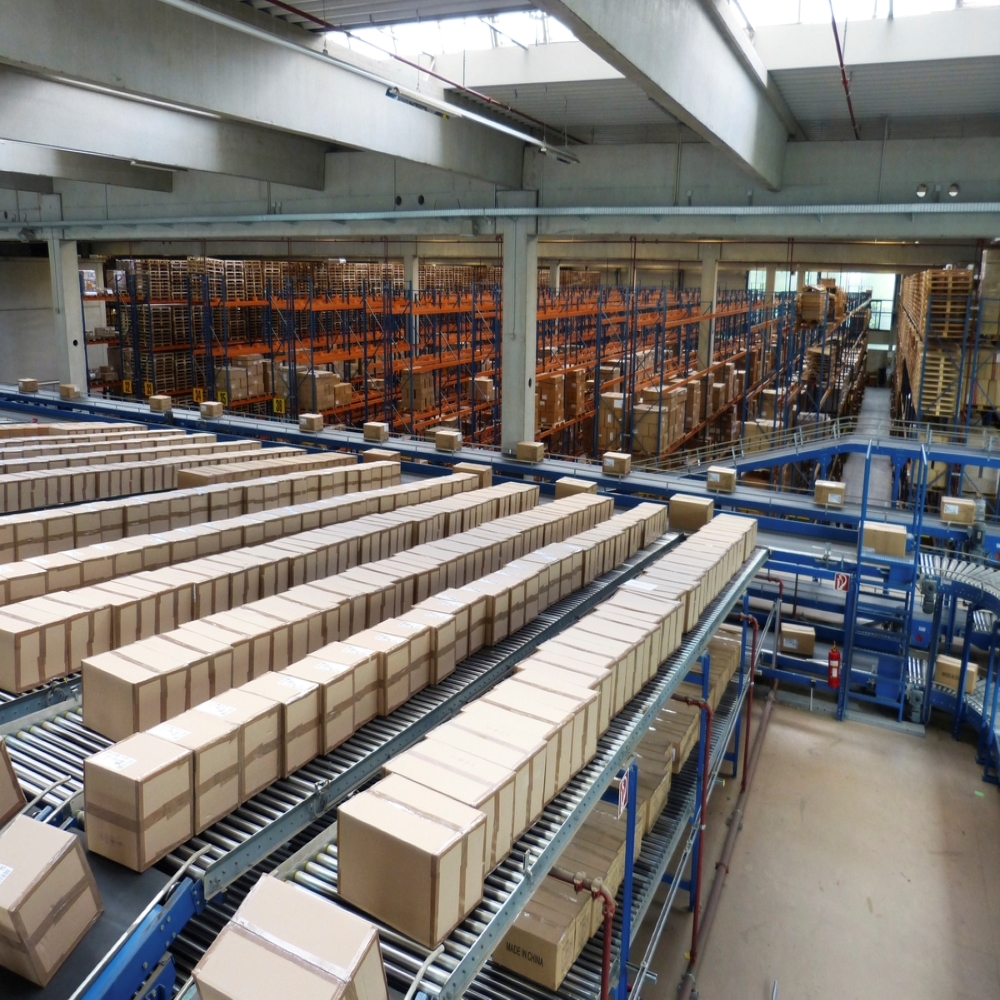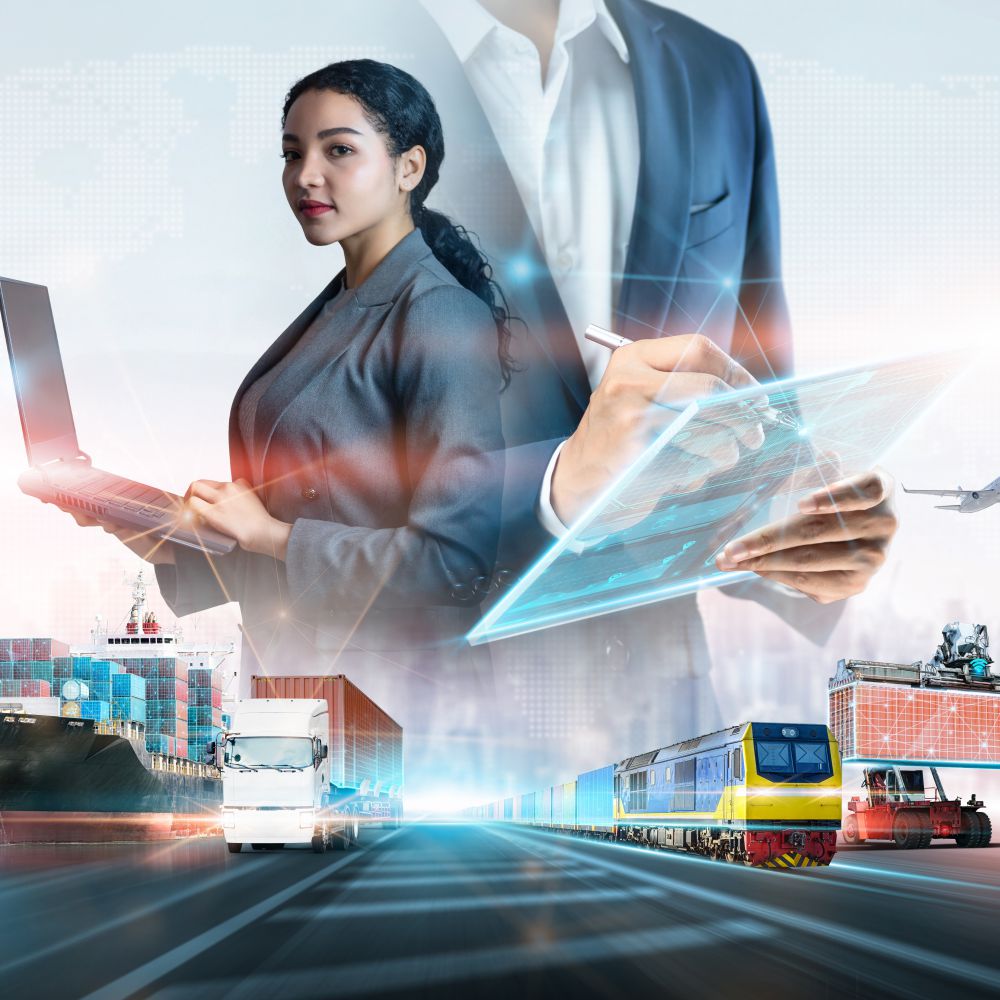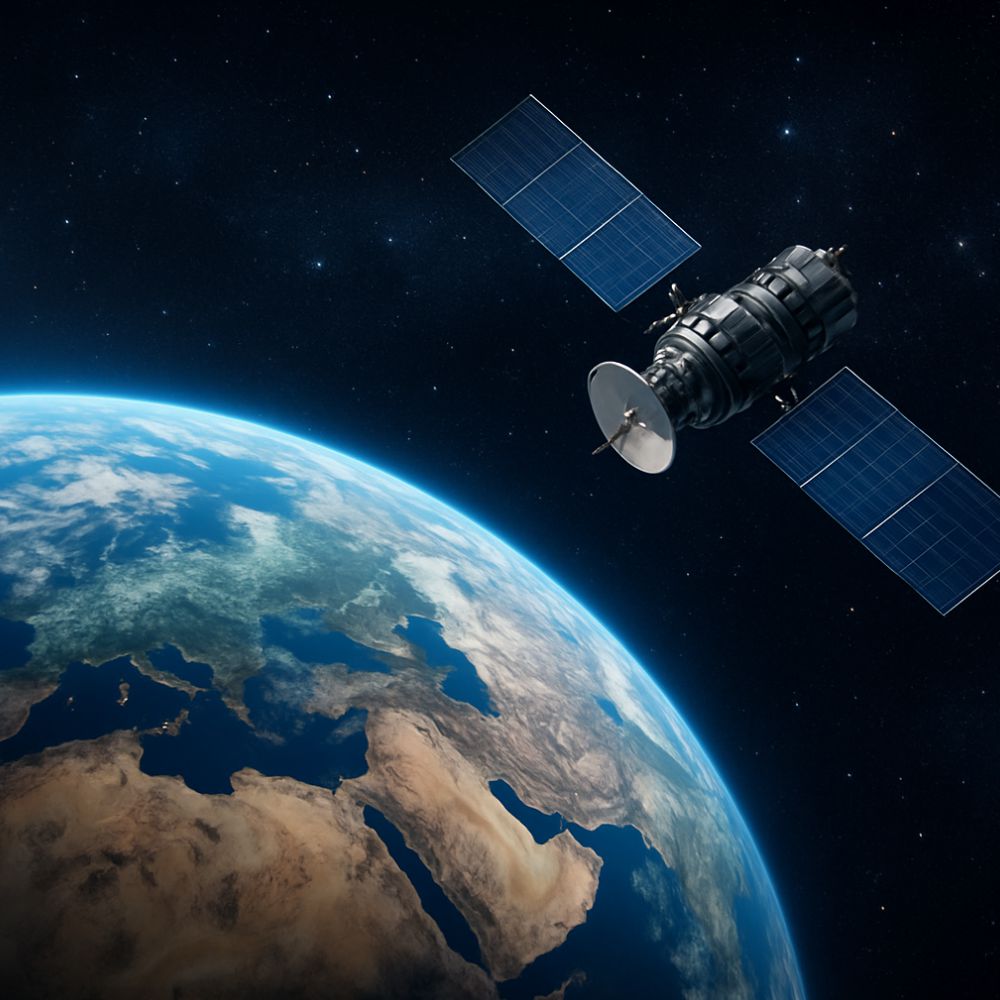From a back-office operation to a full-scaled strategic driver of business, the Supply Chains of today have come a really long way. The evolution of technology, man and machine, and their successful interaction has been and will be a key driver in transfiguring the future supply chains. One of the key factors that the evolved supply chain of 2030 will have is the “Adaptability” of the current & upcoming technologies & transformations. Out of the whole pool of advancements in the field of logistics and supply chain technology, the following 5 technologies/areas/business models show strong signs of gaining ground in 2030.
- The era of Connected Intermodal Logistics
The growing availability of technology-driven transportation modes along with the obtainable smart IoT-enabled connected devices will make 2030 the evolved era of connected intermodal logistics. Growing customer demand & the need for end-to-end visibility and transparency will call for a highly optimized & connected supply chain ecosystem. The recent incident of “Ever Given” blocking the World’s most important maritime trade route, further exemplifies the need to have up-to-date visibility to avoid operational & financial losses across various legs of the supply chain. Thus, 2030 is expected to be the time when supply chains will achieve the right level of interconnectivity & communication and will be more resilient than ever before.
- Improved & Accurate Predictability
As per a recent study, we are currently utilizing only 30% of the data that we collect, to perform analytics and derive intelligent insights for supply chains. There is a whole lot of untapped information & patterns that we haven’t identified yet. The development in technologies of artificial intelligence, machine learning, and blockchain will help the supply chain collect more relevant and meaningful data to perform logical analysis and give better insights, to support supply chain decisions in the future.
In order to have resilient processes & systems, automation will be accepted and implemented across all stages of the supply chain. As per a study by Gartner, 75% of large enterprises will have adopted some form of intralogistics smart robots in their warehouse operations by 2026.
Looking at the current transportation bottlenecks like delivery access, longer delivery times, etc., autonomous drone deliveries will soon be a reality, at least in the last-mile delivery segment. This implementation will eventually become faster and less expensive by 2030 and will bring in increased efficiency & productivity of supply chain processes.
- Environmentally conscious supply chains
A recent survey by Business Wire highlighted that almost 80% of the companies, irrespective of the size or industry, are more focused on sustainability today than they were 3 years ago. The major reasons behind moving towards sustainable supply chains were increased ROI based on key performance indicators like cost savings, improved company reputation, and reflection of industrial leadership. Even if we leave aside these quantifiable material benefits of applying sustainable initiatives, we cannot deny the current scarcity of renewable resources also calls for the same solution. Thus, the focus of the evolved supply chain of 2030 will undeniably be on optimized processes, resulting in a lesser carbon footprint. And, this trend is not at all expected to take a U-turn anytime in the future.
- Evolvement of Infrastructure
The current logistics infrastructure worldwide will be revamped and developed in order to meet future freight needs. Electronic vehicles (EVs) & battery electronic vehicles (BEVs) are picking up pace globally and this will lead to the development of adequate charging stations & hydrogen refueling stations for the batteries. The increased demand for food processing, food servicing, pharmaceutical, and similar industries have necessitated the need for the development of cold chain facilities. The Indian cold chain market is still very fragmented and unorganized but going ahead, India expects a 20% CAGR by 2025 and this will be achieved with the improvement in cold chain infrastructure. Apart from the development of roads and highways that majorly contribute to in-land logistics, investments will also be made in air & cargo to promote globalization-enabled export and imports. Thus, the right alignment of supply chain requirements and infrastructure readiness can be expected 8-10 years down the road.
- Adaptability is the key to this Evolution
Supply chains can make or break the growth of any business. Thus, only the companies that are most adaptable to these expected changes in the future will undoubtedly be the only survivors in the situation. Logistics companies today need to get over the current challenges and roadblocks and flow with the wave of technological transformation in the supply chain. One can thus say, this is probably the best time to contemplate the shortcomings of the existing supply chain and look out for upgraded, future-proof options.

Categories

Magazine Editions






















